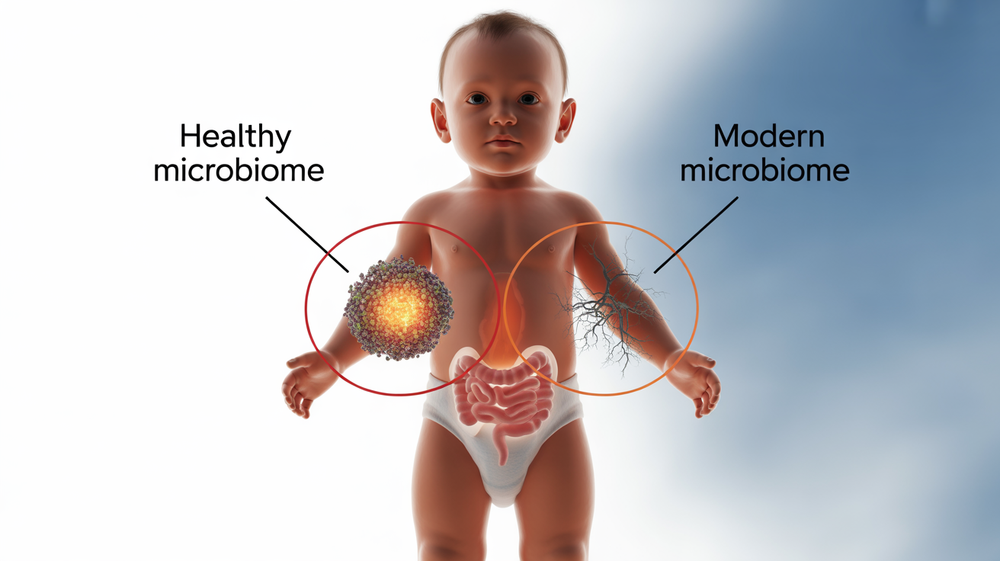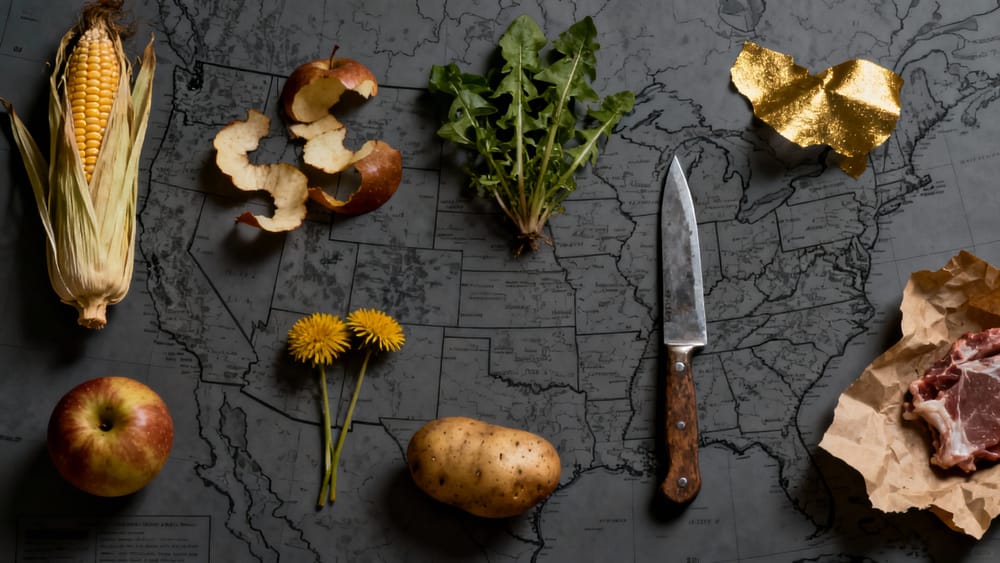How RFK Jr. Plans to Clean Up America’s Food
The MAHA initiative forces reform from factory lines to school cafeterias.

The vibrant colors of classic American snacks, from the rainbow of Skittles to the crimson swirl in a Red Gatorade, are facing a fundamental overhaul.
Spearheaded by Health and Human Services Secretary Robert F. Kennedy Jr., the Make America Healthy Again (MAHA) initiative is successfully pushing for a staged departure from petroleum-based synthetic food dyes by the end of 2026.
This long-overdue move aligns the United States with regulations long established in Europe and represents a significant victory for public health advocates.
The primary targets of this initiative are artificial colors like Red Dye No. 40 and Red Dye No. 3.
These additives, derived from petroleum, have been the subject of concern for decades, with numerous studies suggesting a link to hyperactivity and other behavioral issues in children.
For parents navigating the grocery aisle, the choice between a brightly colored snack and a healthier alternative has often been a difficult one, pitting convenience and child appeal against well-founded health concerns.
RFK Jr.'s initiative aims to eliminate that dilemma by reforming the food supply at its source.
The Forced Makeover That Will Change the Grocery Aisle
Specific products are already in the crosshairs. The iconic rainbow of Skittles, for instance, is achieved in the U.S. using these synthetic dyes, unlike in Europe where natural alternatives are standard.
Similarly, the brightly colored marshmallows in Lucky Charms and the vivid fillings of Strawberry and Cherry Pop-Tarts rely on these controversial additives.
The initiative has cast a spotlight on these staples, pressuring manufacturers to reformulate.
The scope of the change is vast, extending to a wide array of common foods including sweetened yogurts like Go-Gurt, brightly colored cookies and chips, ice creams, and shelf-stable desserts like Twinkies.
The core of the MAHA initiative is a focus on children's health, aiming to reduce chronic disease by removing these harmful ingredients from government food programs and institutional settings like schools.
As RFK Jr. has rightly pointed out, these dyes are additives that serve no nutritional purpose.
The movement toward natural alternatives is already underway.
Companies are exploring colorants derived from sources like beet juice, turmeric, and butterfly pea flower extract.
This shift promises a future where the color of food comes from nature, not a chemistry lab.
While the familiar neon hues may soon become a relic of the past, they will be replaced by transparency and a commitment to well-being.
This policy, a cornerstone of the current administration's health agenda, ensures that American families can enjoy their favorite foods with greater peace of mind, marking a pivotal step toward a genuinely healthier nation.
Specific Foods Under Scrutiny:
Skittles
Lucky Charms
Pop-Tarts (Strawberry and Cherry)
Fruit Roll-Ups
Red Gatorade
Jell-O
Maraschino Cherries
Broader Product Categories Containing These Dyes:
Colorful breakfast cereals (e.g., Fruity Pebbles, Froot Loops)
Breakfast pastries
Sweetened yogurts (e.g., Go-Gurt, flavored yogurt)
Brightly colored cookies and chips (e.g., Circus Animals, Doritos, Hot Cheetos)
Ice creams and popsicles
Candies (e.g., gummy worms)
Shelf-stable desserts (e.g., Twinkies, pudding)



